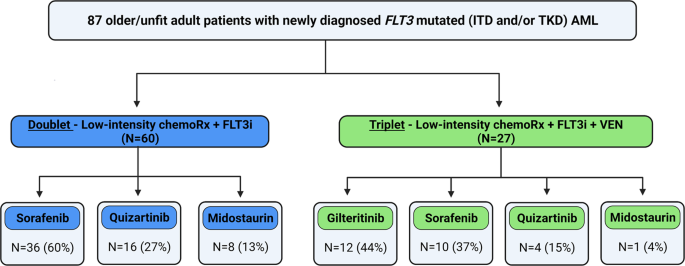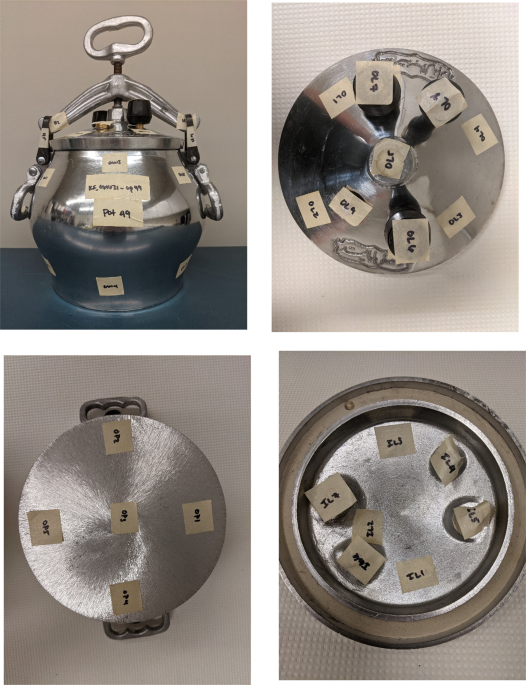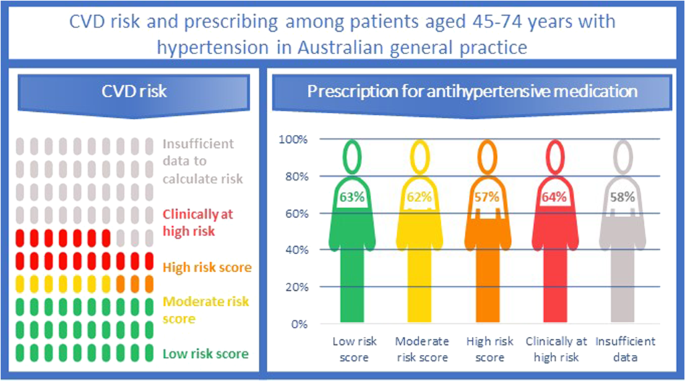Laryngorhinootologie
DOI: 10.1055/a-1823-1143
Hintergrund Patienten mit einem Kopf-Hals-Tumor besitzen ein hohes Risiko, peri- bzw. posttherapeutisch eine Mangelernährung zu entwickeln, die den onkologischen Therapieerfolg entscheidend beeinflussen kann. Prätherapeutisch ist hierüber wenig bekannt. Daher ist das Ziel der vorliegenden Studie die prätherapeutische systematische Erfassung des Ernährungszustandes und des Risikos für das Auftreten einer Mangelernährung. Material und Methoden Bei 102 Kopf-Hals-Tumor-Patienten erfolgte die prätherapeutische Untersuchung des Ernährungszustandes via Body-Mass-Index (BMI) sowie des Risikos für Mangelernährung via „Nutritional Risk Screening" (NRS). An möglichen Einflussfaktoren wurden Tumorstadium, -lokalisation, Patientenalter, -geschlecht und das Bestehen einer oropharyngealen Dysphagie, identifiziert über Flexible Endoskopische Evaluation des Schluckvorgangs (FEES), analysiert. Ergebnisse Eine Mangel- bzw. Unterernährung, bemessen am BMI, bestand prätherapeutisch bei bereits 6% der Patienten, ein Risiko für Mangelernährung laut NRS bei 27%, eine oropharyngeale Dysphagie bei 15%. Nur das Vorliegen einer oropharyngealen Dysphagie erwies sich in der linearen Regression als signifikanter Einflussfaktor auf das Risiko einer Mangelernährung (β = 0,380/3,776; p < 0,001). Schlussfolgerungen Bereits prätherapeutisch besteht ein Risiko einer Mangelernährung bei einem Viertel der Kopf-Hals-Tumor-Patienten. Um dieses frühzeitig zu erkennen und um bereits zu Beginn der onkologischen Therapie Maßnahmen zur ihrer Vermeidung einzuleiten, empfiehlt sich daher bereits prätherapeutisch die Untersuchung des Schluckvermögens sowie das systematische Screening auf Mangelernährung via NRS.
[...]
Georg Thieme Verlag KG Rüdigerstraße 14, 70469 Stuttgart, Germany
Article in Thieme eJournals:
Table of contents | Abstract | Full text









